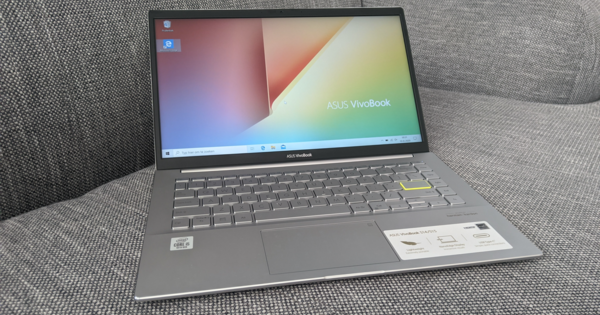In recent months, more and more phone makers have come up with a camera that sits under the phone screen. However, with many manufacturers it is actually behind the screen: it folds out by means of a small motor. Recently, however, a real camera has also been shown under the screen, namely by Oppo.
A major race is currently underway in the smartphone world, namely that of the full-screen option. Now many phones still have a screen notch (a so-called notch), the black part in which the speaker and camera can often be found. Now the speaker can be placed differently or even generate sound via vibrations in the screen. But, that camera, that's something that's less easy to hide.

Rectangular and still a selfie
That is why many smartphone manufacturers have chosen to raise the camera with a motor. For example, the screen can be completely rectangular, without such a notch, and the user can still take a selfie. However, it seems that there is now an invention that makes such a motor unnecessary. During the MWC event in Shanghai, Oppo was the first smartphone manufacturer to show a phone that does not require motors to make that camera available.
In a video of only 20 seconds, Oppo shows this special device, which can be seen as a concept car among phones. You can't buy the device, but it does promise something for future Oppo devices. The video does not give away much of the technology, but fortunately more is now known. It is not the camera that is special with this device, but the screen itself.
Translucent screen
The screen has been adapted in such a way that light can pass through, specifically in the place in the screen where the camera is located. You can see that part too, because when the camera isn't on, this part is slightly darker than the rest. It doesn't seem like it is very visible, but we can of course only really test that when the first commercially available device with this technology is actually available.
For now we are still doing it with cameras that are placed behind the screen, such as those of Oppo Reno and OnePlus 7 Pro. That from OnePlus works as follows: only when you want to take a selfie, the camera comes up. This is pushed up (and pulled down) by means of a small, almost silent motor. That motor must be quite strong, because OnePlus tests have shown that a 50-pound block of cement cannot keep the camera down once it has to pop up.
As sturdy as it is, and no matter how many times it has been tested with folding and dropping and falling to the floor, many users prefer a device that always remains rectangular and without any protrusions. Also, a mechanical part in a smartphone is always vulnerable, especially if dust and sand get into the mechanism. After all, everything that moves wears out. It is clear that phone makers realize that and it seems that Oppo was the first to have managed to hide the front camera, without the need for a motor.


